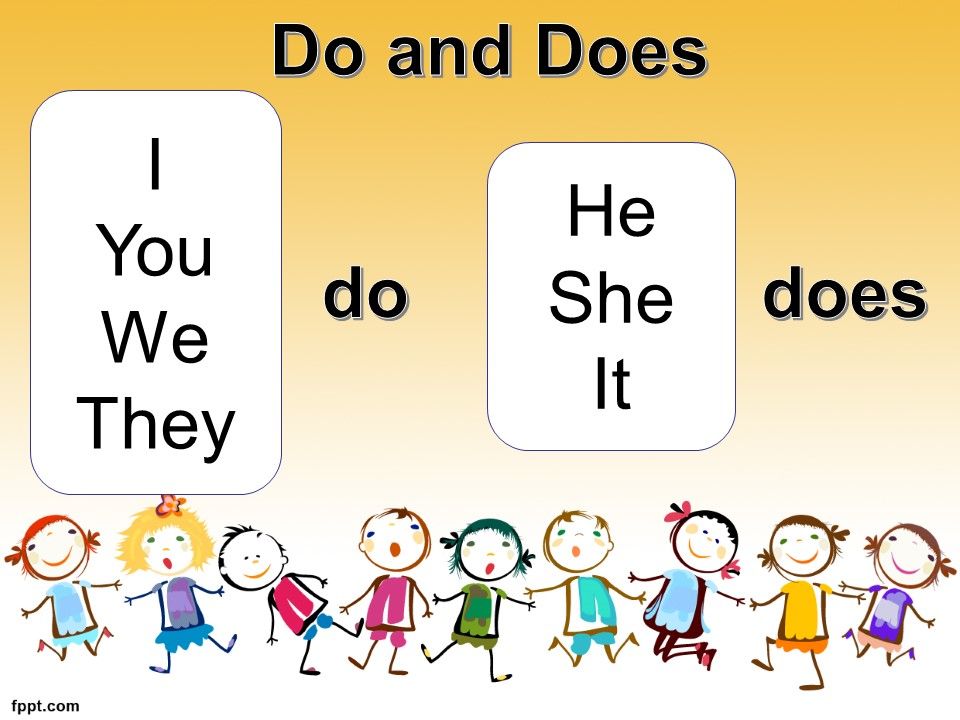Key Factors Negatively Impacting Youth Mental Health: Risks, Realities, and Actionable Solutions
Introduction: The Critical State of Youth Mental Health
Youth mental health is facing unprecedented challenges. Today’s adolescents encounter a complex mix of pressures-social, economic, and environmental-that threaten their psychological well-being. Understanding the factors that negatively affect youth mental health is essential for parents, educators, and policymakers seeking actionable solutions. This article explores the most significant influences, provides practical guidance for risk mitigation, and offers strategies to access support.
Major Negative Factors Impacting Youth Mental Health
1. Social and Environmental Stressors
Social and environmental factors play a pivotal role in shaping youth mental health. External stressors such as academic pressure , socioeconomic status , exposure to violence or trauma , cultural expectations, and societal norms can significantly impact adolescents [2] . For example, teens from low-income households are at increased risk for mental health conditions, with 22% of youth living below the federal poverty level experiencing mental, behavioral, or developmental disorders [2] .

Source: therapyhelpers.com
Exposure to neighborhood violence is another critical concern; 15% of teens report experiencing violence in their communities, which can lead to chronic stress and anxiety [2] . Additionally, many adolescents report missing school due to safety concerns, further disrupting routines and social connections.
2. Family Structure, Parenting, and Home Environment
The quality of an adolescent’s home life-ranging from family dynamics to parental mental health-has a profound impact on psychological well-being. Harsh parenting, emotional abuse, maternal emotional problems, and instability in family structure can contribute to anxiety, depression, and long-term mental health challenges [1] . Studies reveal that parental mental health issues often predict similar challenges in offspring, underlining the intergenerational consequences of inaction.
Adolescents living in poverty, facing homelessness, or experiencing food insecurity endure chronic stress, which can undermine emotional resilience and development [4] . For these youth, lack of access to basic resources and supportive services exacerbates vulnerability.
3. Peer Pressure, Bullying, and Social Media
The drive for peer approval intensifies during adolescence, making youth especially susceptible to the negative effects of bullying , online harassment , and cyberbullying [3] . A recent survey found that 34% of adolescents experienced bullying, while emotional abuse by parents affected 17% [3] .
Social media is a double-edged sword. While it can facilitate connection and validation, it also exposes youth to unrealistic standards of appearance, negative messaging, and peer comparison, which may trigger anxiety, depression, or eating disorders [4] . Research indicates that adolescent females are particularly affected, with higher rates of anxiety, depression, and self-harm linked to online interactions [3] .
4. Substance Use and Risk Behaviors
The use of drugs and alcohol among teenagers remains a prevalent concern, often exacerbated by peer influence and family stressors [2] . Substance use can both result from and contribute to mental health challenges, creating a dangerous cycle of dependence and psychological distress.
While some trends in substance use and bullying victimization have shown recent decreases, the persistence of these issues, alongside exposure to violence and abuse, continues to undermine youth well-being [1] .
5. Structural and Societal Barriers
Young people face structural barriers such as poverty , food insecurity , homelessness , and lack of access to health care and educational opportunities [4] . These systemic challenges can lead to chronic stress, hinder development, and limit access to mental health resources.
Discrimination and stigma, especially for LGBTQ+ youth and those from racial or ethnic minorities, further increase risk. The COVID-19 pandemic amplified these disparities, with marginalized groups reporting higher levels of mental health issues [4] .
6. Identity Exploration, Gender Norms, and Media Influence
Adolescence is a time for identity exploration, but pressure to conform to gender norms and media portrayals can exacerbate psychological stress [5] . The gap between an adolescent’s lived reality and societal expectations may result in feelings of inadequacy, isolation, and mental health struggles.
Media and cultural influences can intensify these challenges, particularly for those who feel excluded or discriminated against based on identity factors.
Practical Guidance: Identifying Risks and Accessing Support
Step 1: Recognize Warning Signs
Common signs of declining youth mental health include withdrawal, persistent sadness or irritability, difficulty concentrating, changes in sleep or appetite, declining academic performance, and increased risk behaviors. If you notice these symptoms, initiate a conversation with the adolescent and seek professional evaluation.
Step 2: Strengthen Protective Factors
Supportive family environments, healthy peer relationships, regular physical activity, and coping skill development can mitigate risk. Schools and communities play a vital role in providing safe spaces, mentorship, and resources.
Promoting healthy sleep habits, encouraging stress management strategies, and fostering open communication about emotions are effective preventive measures [5] .
Step 3: Access Mental Health Resources
To find qualified mental health professionals, you can:

Source: therapyhelpers.com
- Consult your primary care provider for referrals to child and adolescent psychologists or counselors.
- Contact local mental health clinics or community health centers.
- Ask your school counselor for recommendations and available support services.
- Search for mental health organizations such as the National Alliance on Mental Illness (NAMI) or visit the CDC’s official mental health resources .
Note: Always verify the legitimacy of organizations and ensure providers are licensed and experienced in working with youth.
Step 4: Overcome Access Barriers
For youth facing economic hardship or lacking insurance, community health centers, school-based programs, and local nonprofits may offer free or low-cost mental health services. You can search for “community mental health center” plus your city or county, or contact your local health department for guidance.
For marginalized or discriminated groups, specialized organizations often provide culturally competent care. LGBTQ+ youth can reach out to organizations such as The Trevor Project for support. Minority youth may benefit from programs offered by agencies like MentalHealth.gov .
Step 5: Foster Resilience and Advocacy
Encourage youth to build resilience through positive relationships, goal setting, and adaptive coping strategies. Participation in extracurricular activities, volunteering, or advocacy work can enhance self-esteem and community connection.
Caregivers and educators should champion youth mental health by addressing stigma, advocating for policy changes, and promoting equitable access to services.
Challenges and Solutions
Structural barriers such as poverty and discrimination can limit access to resources. Overcoming these challenges requires collaboration among families, schools, community organizations, and policymakers. Advocacy for increased funding, service expansion, and inclusive programming is essential [1] .
Alternative approaches include peer support networks, online counseling (with verified providers), and integration of mental health education into school curricula.
Key Takeaways
Youth mental health is shaped by a web of interrelated factors-social, economic, environmental, and personal. Early identification of risks, access to credible support services, and fostering resilience are critical steps toward healthier outcomes. By addressing structural barriers and promoting equity, communities can empower youth to thrive despite adversity.
References
- [1] P McGorry (2025). The youth mental health crisis: analysis and solutions.
- [2] Compass Health Center (2023). Teen Mental Health Facts and Statistics 2024.
- [3] KFF (2024). Recent trends in mental health and substance use concerns among adolescents.
- [4] American Psychological Association (2023). Kids’ mental health is in crisis. Here’s what psychologists are doing to help.
- [5] World Health Organization (2024). Mental health of adolescents.



